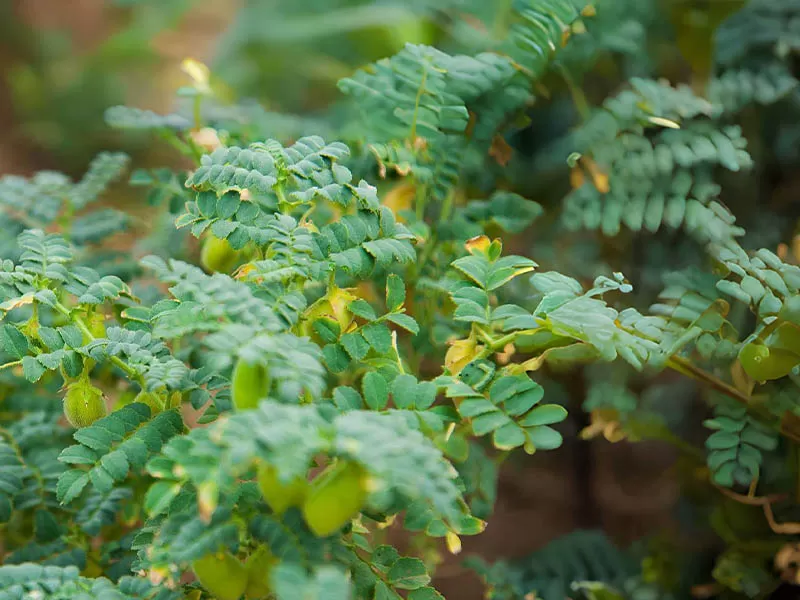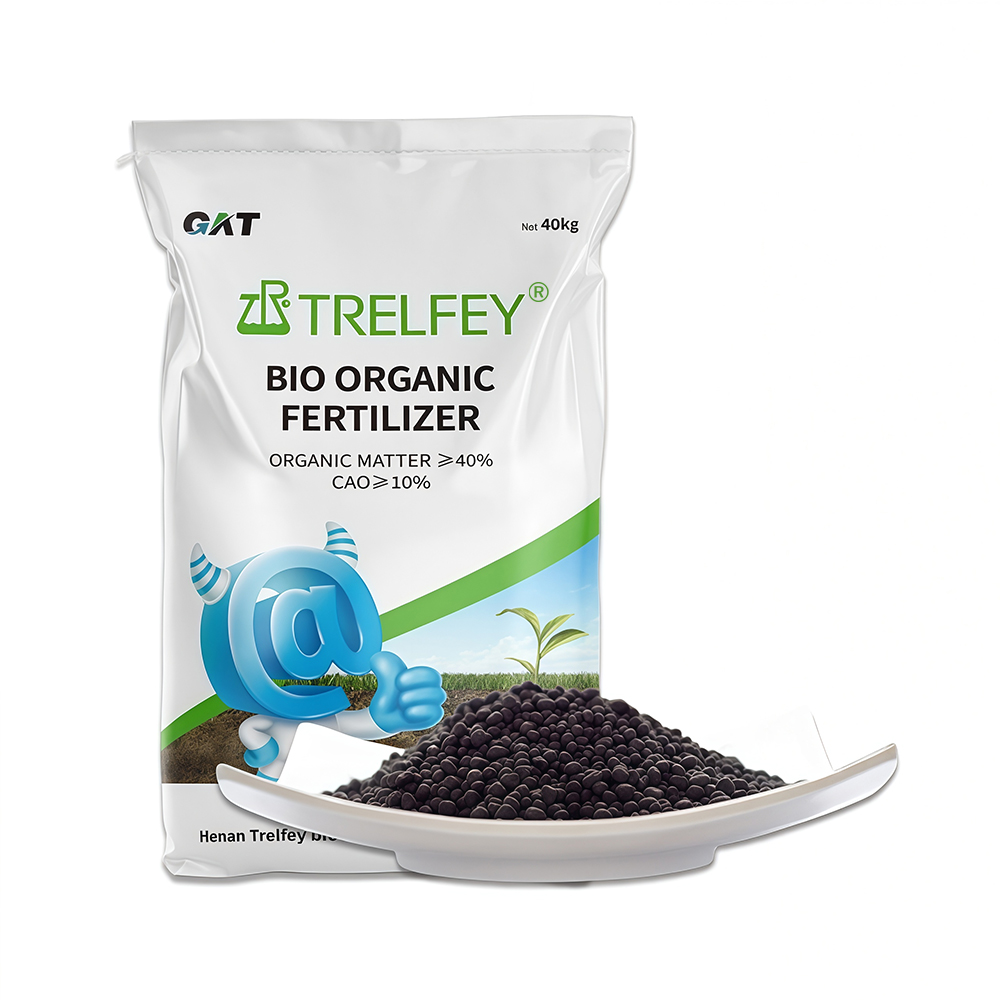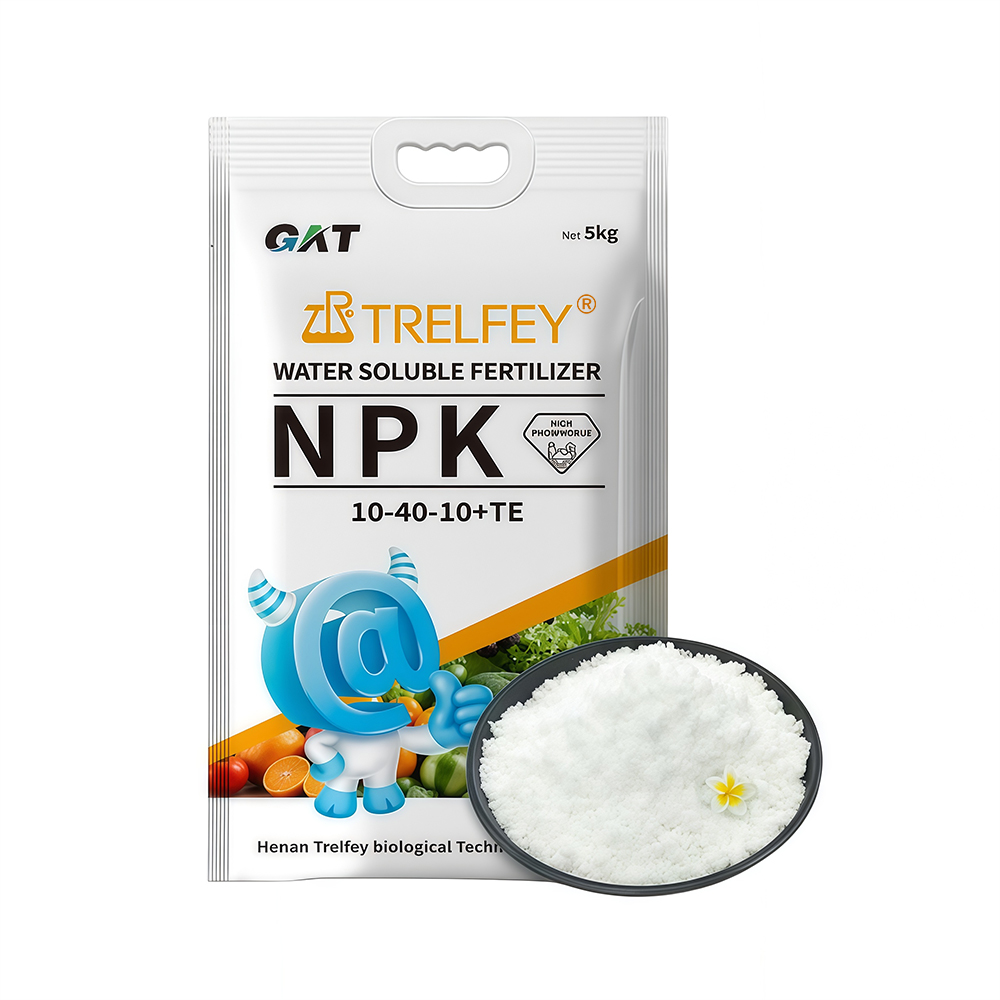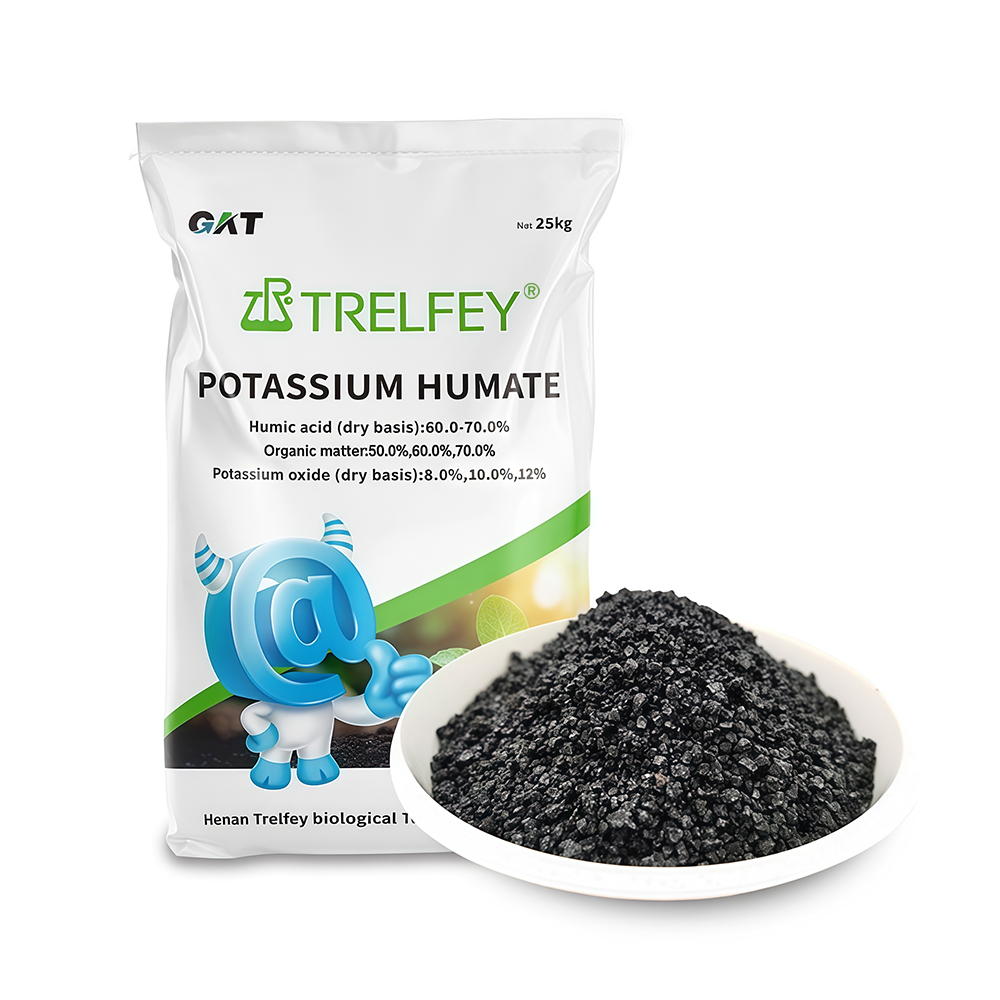Chickpeas High Yield Guide
Optimized Cultivation Techniques for Arid and Semi-Arid Regions
Introduction
Chickpeas (Cicer arietinum L.) are a cornerstone of food security across Africa and Asia, providing critical protein and micronutrients. However, farmers in key regions like East and North Africa face severe challenges: drought reduces yields by 40–45%, heat stress during flowering/pod filling causes 30–40% losses, and soil degradation lowers water-use efficiency (WUE) by 20–30%. This guide synthesizes the latest research from Israel, India, Iran, and Canada to deliver actionable, science-backed strategies for maximizing chickpea productivity. We integrate precision irrigation, soil management, biofertilizers, and climate-resilient genetics—all validated through multi-year field trials.
💧 1. Precision Water Management in Drought-Prone Regions
Critical Challenge: Late-season drought combined with high temperatures can slash yields by 40–45%.
1.1. Deficit Irrigation Scheduling
Optimal Strategy: Apply irrigation at 1.2× reference evapotranspiration (ET₀) during pod filling. Israeli trials show this boosts yields by 17–22% compared to rainfed systems.
Implementation:
Use soil moisture sensors (e.g., tensiometers) to trigger irrigation when leaf water potential reaches −12 to −14 bars.
For resource-limited farmers: Apply 420-0-0 Liquid Nitrogen via fertigation (50 kg N/ha) during pod formation to enhance water-use efficiency. Learn application protocols: FAO Irrigation Guidelines.
1.2. Rainwater Harvesting and Soil Conservation
Permanent Broad-Bed Furrows (PBB) + Crop Residues (CR):
Reduces evaporation by 21.4%, increases WUE by 29.1%, and lifts yields by 17.3% in Indian Vertisols.
Cost: Initial setup ~$120/ha, but ROI reaches 22.9% over 3 years due to reduced tillage and higher yields.
🌾 2. Soil Health Enhancement for Nutrient Use Efficiency
2.1. Residue Management and Tillage Reduction
PBB+CR System: Improves soil porosity by 18.7%, extends root depth by 15 cm, and boosts nodulation by 58%.
Action: Retain ≥30% crop residue cover and adopt zero-tillage.
2.2. Biofertilizer Inoculation
Optimal Consortium: Sulfur-oxidizing bacteria (SOB) + PSB + KSB + NFB (e.g., Azotobacter). Iranian trials confirm:
237% increase in root nodules.
40% higher chlorophyll content.
Grain yield uplift of 1.2–1.5 t/ha.
Product Integration: Pair with Slow-Release Humate-K Granules (500 kg/ha) to stabilize microbial activity. For organic systems, use our Compost Activator to accelerate on-farm compost maturation. Buyers guide: ScienceDirect Biofertilizers Review.
⚗️ 3. Science-Backed Fertilization Strategies
3.1. Macronutrient Optimization
NPK Baseline: Apply 172 kg N/ha, 118 kg P₂O₅/ha, and 74 kg K₂O/ha for peak economic returns.
Efficiency Boosters:
Phosphorus: Use 10-40-10 Water-Soluble Powder (20 kg/ha) at flowering to increase pod setting.
Potassium: 10-5-45 + TE reduces drought-induced damage by enhancing osmotic regulation.
3.2. Micronutrient and Biostimulant Synergy
Critical Nutrients:
Zinc (5 kg ZnSO₄/ha): Raises protein content by 8%.
Molybdenum (0.5 kg Na₂MoO₄/ha): Fixes 15–30% more atmospheric N.
Liquid Biostimulants: Amino Acid-Ca-Mg Fish Hydrolysate (5 L/ha) applied at flowering increases pod retention by 20%. Technical insights: Frontiers in Plant Science.
🐜 4. Integrated Pest and Disease Control
4.1. Resistant Varieties and Seed Treatment
Wild Introgression Lines: Use ICC 4958 (drought-tolerant) or CDC Leader (ascochyta-resistant).
Seed Treatment: Avoid Apron Advance®—linked to higher seedling damage. Opt for Vibrance Maxx® with RootBoost Microbial Inoculant (contains Trichoderma).
4.2. Herbicide Sensitivity Management
Critical Alert: Metribuzin herbicides worsen physiological stress. Alternatives:
Pre-emergence: Apply Alachlor (1–1.5 kg/ha).
Post-emergence: Use hand-weeding or Thermoelectric Weed Zappers.
Potassium Supplementation: Maintain leaf K >1.5% to reduce damage severity by 35%. Research: Canadian Journal of Plant Science.
🌾 5. Climate-Adapted Varieties and Planting Techniques
5.1. Winter Chickpea Systems
Advantage: Winter planting in warmer regions (e.g., South Carolina) achieves protein content of 21.5 g/100 g and 84.2% digestibility.
Varieties: CDC Palmer (137 DTM, CH 39 cm) suits Mediterranean winters.
5.2. Density and Sowing Timing
Erect Types: 50 plants/m² (e.g., Kabuli).
Spreading Types: 33 plants/m² (e.g., Desi).
Sowing Window: Align with soil moisture (Oct–Nov for Mediterranean; Feb–Mar for subtropical).
💰 6. Cost-Benefit Analysis of Key Interventions
*Data derived from 3-year trials in Israel, India, and Iran*
| Intervention | Cost Increase (USD/ha) | Yield Gain (kg/ha) | ROI (%) |
|---|---|---|---|
| PBB + Residue Cover | 120 | 290–350 | 22.9 |
| SOB + NFB + PSB + KSB Inoculant | 65 | 1,200–1,500 | 38.7 |
| 10-40-10 + Zn/Mo Application | 85 | 800–1,000 | 29.5 |
| Deficit Irrigation (1.2× ET₀) | 140 | 1,240 | 32.1 |
📝 Conclusion: Building Climate-Resilient Chickpea Systems
Maximizing chickpea yields in arid/semi-arid regions demands integrated solutions: PBB+CR slashes evaporation, biofertilizer consortia fix nutrients sustainably, and precision irrigation offsets terminal drought. Pair these with drought-adapted varieties (e.g., ICC 4958) and micronutrient-enriched biostimulants to secure ROI >30%.
Pro Tip: For low-fertility soils, combine 30-10-10 + TE at vegetative stage with RootGuard Nematode Suppressor—reducing root-knot nematode incidence by 70%.
💬 If you are interested in this article, or have any questions that need to be answered, You can find us at any time through the chat icon in the lower right corner of the webpage. Of course, you can also check out our other social media (such as Linkedin) to learn more about us.

Better growth → Better harvest → Better chickpeas. All thanks to our fertilizer! 🌾

Thriving with natural nutrition! 🌱 Our fertilizer ensures robust growth for a bountiful harvest.

Quality harvest starts with smart farming! 🌾 Better soil, better crops – thanks to our sustainable fertilizer.
Chickpeas fertilizer

Bio-organic fertilizer
Organic matter ≥40%, CaO≥10%
The number of beneficial live bacteria ≥0.20 billion/g

Water soluble fertilizer
Protect the roots and nourish the roots, protect the buds and protect the flowers

Potassium humate granules
Humic acid (dry base): 60.0-70.0%
Total nutrient (KOO): 8.0%-12.0% (customizable)
